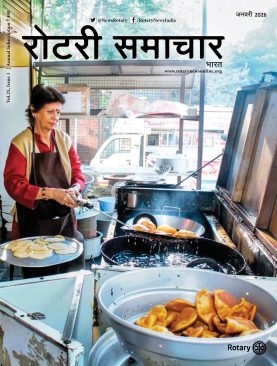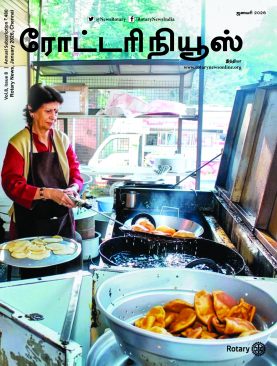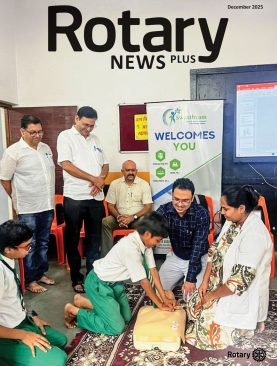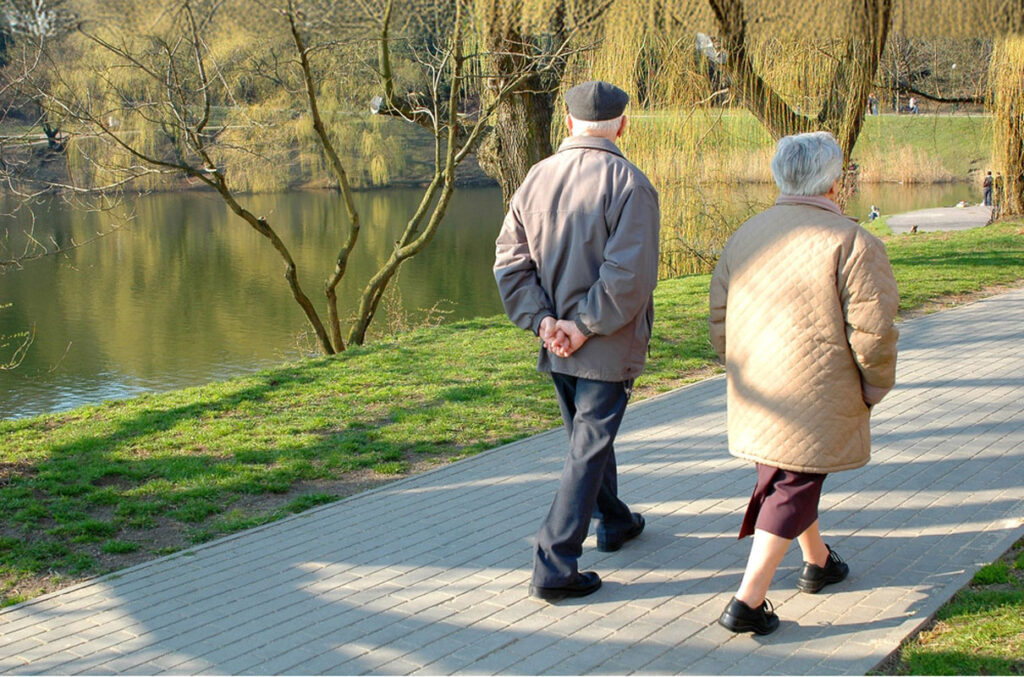
At some stage in almost everybody’s life, comes a time when she feels insecure. Though the sun in her life is at its zenith, she is more conscious of the twilight over the horizon.
Age and your consequent response to it — if negative — is more a crossover than a cross road. It is the junction where a person perceives that there was more fun, more meaning, more life in the travelling than in the arriving. A destination that decides that the green grass underfoot is not as green as the vision that his youth once painted. When he was looking from the other side of the success fence. That age, stage, anxious attitude creep up slowly. And snowballs swiftly. Stress naturally kickstarts what we now know as the fight-or-flight response. When we encounter a threat, blood pressure and heart rate climb, muscles tense and our body concentrates blood sugar to enable it to react quickly. Problems like forgetfulness, fatigue and troubled sleep can be early warning signals of stress advancing.
Many ill patients share the same symptoms, and doctors and laymen alike cannot be sure whether forgetfulness, fatigue and troubled sleep are due to stress or chronic. Besides, most physicians are not trained or equipped to deal with stress, points out Alyse Bendell, a clinical researcher specialising in how stress affects digestive health at Chicago Medicine, USA.
All the same, whether initial stress is a cause or condition of mental illness is not really the issue. For, in any case, it is prolonged stress that makes it grave in the long run. Hence, a timely step, namely walk, saves nine. As the two feet-tested studies given below establish:
Frank Hu, MD, PhD, published his survey in The Journal of the American Medical Association after studying the walking paces of 70,000 female nurses aged between 40 and 70. Those who walked at a moderate pace on most days of the week for at least 30 minutes reduced their risk of the most common stroke around 20 per cent. Those who walked at a brisk or very brisk pace brought it down to a double: around 40 per cent.
Similarly, a study performed by Dr Michelle Holmes of Brighton Women’s Hospital, Boston, tracked the health and exercise habits of 3,000 breast cancer patients for 18 years. She found that women patients diagnosed with breast cancer who walked for 3 to 5 hours a week were 50 per cent more likely to survive compared to inactive women.
Today, let us focus on the brain, or mind, that drives the body. The left side is the executing side of our brain and is most often the driving power of our reflexive actions based mainly on the unconscious or subconscious. The far less utilised right side of the brain is the creative, reflective one. It comes into its own in rare cases and expresses itself only when we create conditions that give ourselves and the right brain exclusive, elusive time and space.
Red-eyed tourism
We have all read that travel broadens the mind. Sure, it does but does it also grant you mental space and psychological time to recharge the body’s batteries? If travel is only measured in miles crossed (not smiles) the frequent-flyer would win hands down. I’ve known many such travellers. I would put them in the tourist bucket. With one eye on the clock, and the other on his tourist coach. This to me, is ‘red-eyed’ tourism.
A helter-skelter scrambled schedule assembled to package as many tourist spots as possible in a short time is fun to run for sprinters and those ‘me-toos’ who brag that they’ve seen ‘all that was there to be seen.’ This kind of schedule skims the surface of tourist spots akin to viewing an epic film in fast-forward mode. A blur of monuments in a blink. And if you planned this vacation to escape stress, you’ve jumped from the frying pan into the fire. You may require another holiday again to de-stress from this one.
The de-stress vacation
As you get older and wiser, travel becomes more immersive. “The pace changes and you want to slow down and travel at your own pace,” says Meenakshi Menon who is planning to launch a mobile application — GenS — to address the needs of the over-60 demographic beyond healthcare, focusing on combating loneliness and encouraging personal growth. Drive in the slow lane — the avenue to arrive at your venue. And add a different dimension to your destination: absorption. I would suggest a walkabout or a cycle to get a feel of the place. The ancient traveller walked and soaked in the ambience. He embraced almost everything that touched him. And became at home with his environment, its people, its culture.
Don’t feel like a walk? Don’t force it. Just take a few steps forward and focus on your breath. Take two steps for every exhalation and two for every inhalation. If you experience difficulty on focusing, tell yourself you are walking to get fresh air. Whenever you feel your mind wandering — you’ll be shocked how often it does — continue your breathing pattern and repeat to yourself that you are walking to get fresh air. This works wonders in your walk. Continue this practice for the next 20 to 60 minutes. As your breathing fuels your walking momentum, your left brain — the reflex-actioned conditioned side that supervises the body’s movements switches off. And the creative, seldom utilised right brain that is creatively inclined kicks in. This right side mulls over the problem and presents the solution.
Some of the world’s greatest-ever thinkers, philosophers, poets, scientists… have thought on their feet.
The writers are authors of Fitness for Life and Simply Spiritual – You Are Naturally Divine and teachers of the Fitness for Life programme






